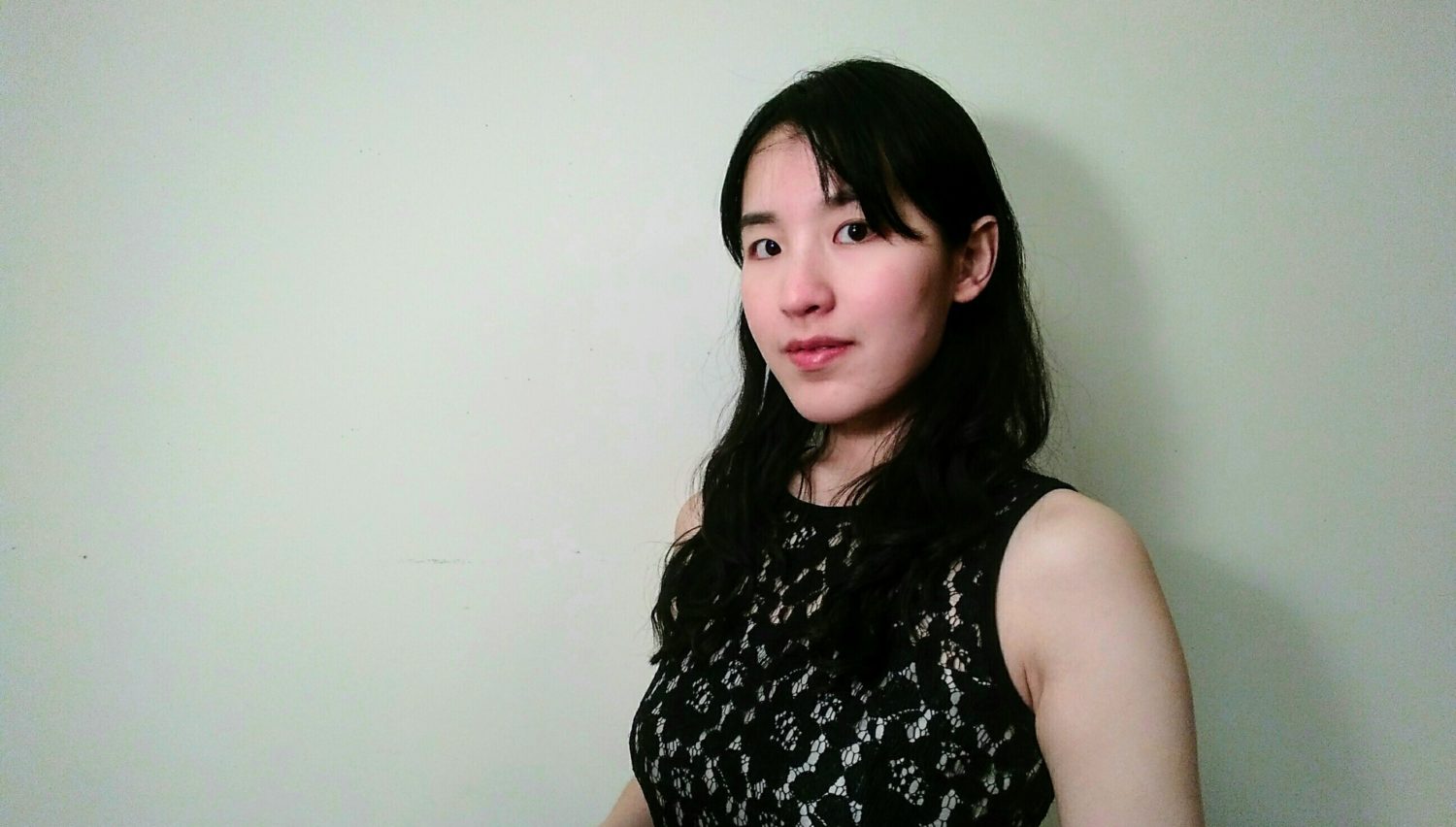During these days of social distancing, even those who usually try to avoid giving remote lessons now do so. I should know, because I am one of them! Below is the room set-up I use when teaching the piano remotely.
General Set-Up

To set-up for a remote lesson, you will need enough lighting, a microphone, a camera, and a screen to see things on. Many laptops, tablets, and phones will satisfy 3 of things, with varying quality. Lighting simply means to find a well-lit spot in your house.
Many students can get by with what they have but may need to adjust software settings. Unfortunately for my more advanced students, they need to be able to transmit to me with better quality than intermediate and beginner students do. Some things are simply not as audible unless the microphone is of sufficient quality.
Microphone
My placement of the microphone, a Blue Yeti, allows me to speak into the microphone. The microphone is turned to cardioid mode with gain most of the way down. The cardioid setting means the microphone will not pick up as much of my students’ playing when I listen to it on my speakers. The gain turned down means that the sound of my piano will not overwhelm the microphone.
Further notes on the Blue Yeti: The Blue Yeti is a side-address microphone, which means it picks up sound from the side and not from the top, which would be a front-address microphone. However, I place it as I do anyway because I would otherwise have to get up instead of merely leaning over to talk. The resulting sound has been of sufficient quality for teaching, though I would certainly not recommend this for recording.
On this subject, I recommend that you do not open the piano! It might look better that way, but it is considerably louder and may overwhelm the microphone unless you are careful. It also makes setting up a great annoyance if you use the same microphone for multiple instruments.
I do believe that the teacher needs to be able to transmit at higher quality so that the student can hear clearly how things should sound. Teachers should look into simple USB microphones if their device cannot send a very good representation of their playing. I use a Blue Yeti because it is my only plug-in microphone. I bought it for voice-over work a few years ago, and it still works wonderfully! I highly recommend it for recording, calls, and streaming!
If you use a laptop or phone microphone, make sure that your microphone of your device is not touching the piano or that the device is slightly cushioned, such as by a soft phone case or by placing it on a pad. The vibrations of the piano usually adversely affect the sound when the laptop/tablet/phone is in directly contact with the piano.
Camera
I typically use a Logitech 920 and a Lifecam 3000. Lately, I keep the 3000 suspended over the piano to give a clear view of the keys. I try to roughly center the middle C and its octave for reasons of perspective. This is particularly important for younger students who might need a visual reminder of where on the piano they are supposed to play.

Students transmitting video to their teachers can simply set up their webcam or cell phone at the end of the piano. The resulting view should include the wrist.

Lighting
Lighting can be simple, especially when your instrument is portable— just find a well-lit space in your home! It can be difficult when you have an immobile instrument such as a piano. Fortunately, you can probably get by with sunlight during the day or turning on the ceiling light and adding a lamp at night.
In my case, the possible sources of light in my music room are sunlight through the large windows with the blue curtains, sunlight through the not pictured doorway into the entry foyer behind the harp, the overhead light fixture, and the softbox light. I usually keep the curtains to the entry foyer closed, so I cannot use that light source. Because my overhead light is weaker, I use the softbox at night but not always during the day. If it is a bright day, I might skip the softbox. If it is a cloudy day or nighttime, I use the softbox and the overhead light.

The image transmitted by the teacher must be bright enough that the student can see what is going on even if they have a weaker screen. During morning lessons, I do not need to turn on my softbox light.
I will try to remember to photograph the evening/nighttime version and add them here, but the main difference is that I have no sunlight and must get my light from the photography light and/or the overhead light, which is not extremely bright and happens to be almost directly above the piano.
